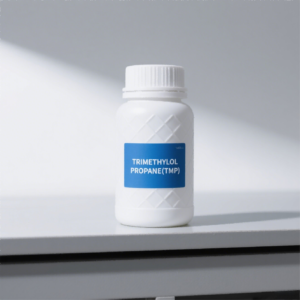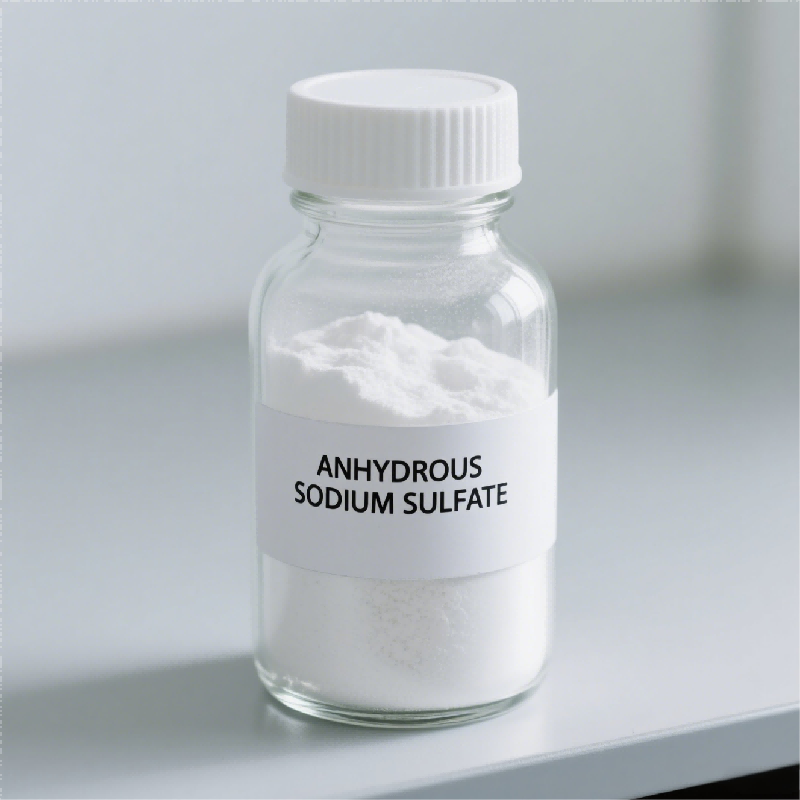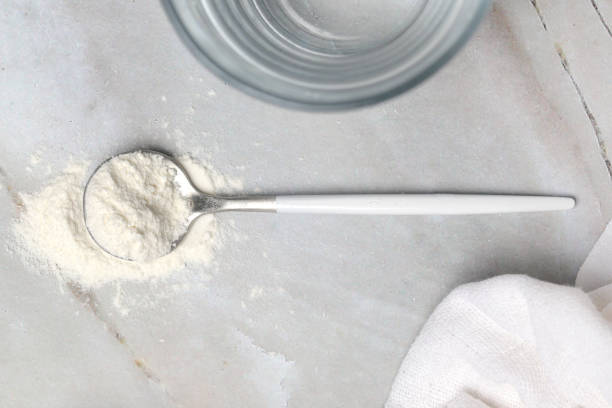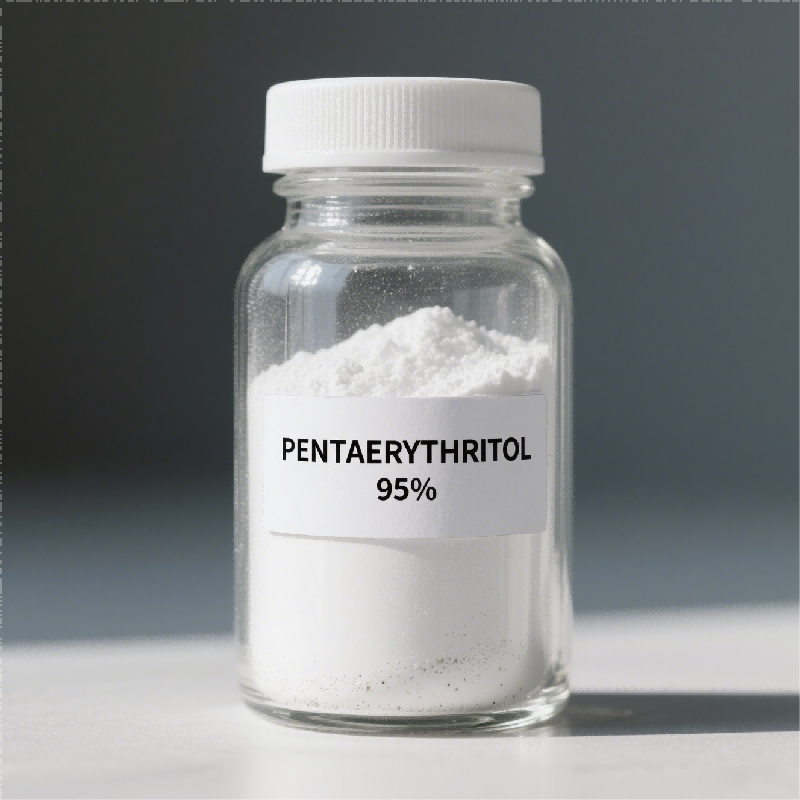What is Trimethylolpropane Used For?
The chemical trade relies on atoms that act as the main parts for many end goods. Among these handy go-betweens, Trimethylolpropane (TMP) holds a key spot. Known for its multi-use nature and lively traits, TMP sees wide use in resins, covers, greases, and high-level materials. Its fame in both work chemistry and applied product mixes comes from its three-way alcohol setup, which allows broad crosslinking and tweaking at a chemical level.
This article opens up a deep discussion about TMP. It begins with its composition and chemical identity, answering basic questions like “Is trimethylolpropane an alcohol?” and “What is the structure of trimethylolpropane?” Further to this, it answers a very practical question – “What is trimethylolpropane used for?”, sharing applications from polymers through aerospace lubricants. Safety and environmental aspects are also involved in the analysis of whether TMP is safe or not. Lastly, the global market and innovation trends will be described to make some generalizations about this significant fine chemical.
Chemical Identity and Structure
Molecular Structure
Trimethylolpropane has the molecular formula C6H14O3. Structurally, it consists of a propane backbone substituted with three hydroxymethyl (-CH2OH) groups. This configuration makes it a triol, meaning it contains three alcohol functional groups.
The simplified structure can be represented as:
CH2OH
|
HO-CH2—C—CH2OH
|
CH3
This arrangement explains why TMP is highly valued in polymer chemistry: the three hydroxyl groups offer multiple reactive sites for esterification, etherification, urethane formation, and other modifications.
Is Trimethylolpropane an Alcohol?
Yes. By definition, any compound that contains hydroxyl (-OH) groups bonded to carbon atoms (not part of carbonyls) is classified as an alcohol. With three such groups, TMP is a polyhydric alcohol, specifically a triol. Its functionality exceeds that of diols such as ethylene glycol or propylene glycol, which translates to greater crosslinking ability in polymer networks.
Physical Properties
-
Molecular weight: 134.17 g/mol
-
Melting point: ~58–61 °C (low melting solid)
-
Boiling point: ~285 °C at reduced pressure
-
Appearance: White crystalline solid or flakes
-
Solubility: Soluble in water and most polar solvents due to hydroxyl groups
The relatively low melting point and high reactivity with acids, isocyanates, and aldehydes make TMP ideal for resin formulations.

Synthesis and Production
TMP is primarily synthesized through the aldol condensation of butanal with formaldehyde, followed by hydrogenation. The process involves two main steps:
-
Condensation Reaction
Butanal reacts with formaldehyde under basic conditions, forming intermediates that carry hydroxymethyl substituents. -
Hydrogenation
The intermediate is then hydrogenated to yield stable trimethylolpropane crystals.
Industrial processes are optimized for high yield, purity, and reduced by-product formation, as TMP quality directly influences resin and coating performance.
Reaction Behavior of TMP
TMP is reactive because of its three hydroxyl groups. Common reactions include:
-
Esterification with organic acids → monoesters, diesters, polyesters
-
Reaction with isocyanates → carbamates (polyurethane chemistry)
-
Reaction with aldehydes/ketones → acetals and ketals
-
Etherification → polyether polyols
This versatility allows TMP to be incorporated into countless chemical systems, acting as a chain extender, crosslinking agent, or building block for polymers.
What is Trimethylolpropane Used For?
The central question—what is TMP used for?—deserves a detailed exploration. TMP has applications in almost every sector of materials science and applied chemistry.
- Alkyd Resins
Alkyd resins find major applications in the paints and coatings industry. TMP imparts enhanced durability, hardness, and chemical resistance to alkyd-based paints. Since it gives branching to the resin structure, gloss retention as well as weather resistance are improved; therefore, it is suitable for architectural coatings and protective finishes. - Polyurethanes
The reaction makes polyurethanes of polyols with diisocyanates. Since TMP contains trifunctional alcohol groups, it serves simultaneously as a chain extender and crosslinker, thus enhancing the rigidity and mechanical properties of foams, elastomers, and adhesives based on polyurethanes. It imparts resilience to flexible foams and provides thermal stability in rigid foams. - Unsaturated Polyester Resins
TMP adds to the crosslinking density in systems of unsaturated polyester that are used for fiberglass-reinforced plastics, marine composites, and construction materials. This increases resistance against solvents and heat. - Coatings and Paints
Modern coating technologies require great performance against conditions of weathering, abrasion, and chemical attack. TMP acts as a raw material for high-solid coatings, powder coatings, and radiation-curable coatings. With trifunctionality, it allows even lower emission of volatile organic compounds (VOC) by enabling higher solid content formulations. - Aviation Lubricants
Aviation and Turbine synthetic lubricants require thermal stability, low volatility, and resistance to oxidation. TMP esters (produced by the reaction of TMP with fatty acids) find wide usage as base fluids for aviation turbine oils, hydraulic fluids, and high-performance lubricants. - Plasticizers and Surfactants
TMP ester derivatives are used as non-phthalate plasticizers in flexible PVC. They are safe replacements for conventional phthalates. TMP is also involved in the production of surfactants, wherein its hydrophilic hydroxyl groups react with hydrophobic chains. - Printing Inks
Adhesion, gloss, and abrasion resistance are better with resins derived from TMP. Such clear and durable packaging and graphic applications. - Explosives
Nitrates of TMP find application in energetic materials. Although not as common as other nitrate esters, TMP derivatives do play a role in specialized explosives and propellants by enabling the achievement of controlled burn rates. - Textile Auxiliaries
TMP is used for the synthesis of auxiliaries that confer properties like finish and strength to fabrics, besides enhancing dye uptake. It is also used in softeners and crosslinking agents for textiles. - PVC Heat Stabilizers
When added to the stabilizer, TMP raises the thermal stability of polyvinyl chloride resins, thereby increasing their life and reducing degradation during processing.
Is Trimethylolpropane Safe?
Safety is an important consideration in evaluating any industrial chemical. TMP has been studied for toxicity, occupational exposure, and environmental effects.
Toxicological Profile
-
Acute toxicity: TMP is considered to have low acute toxicity when ingested or inhaled.
-
Skin/eye irritation: Mild irritant in high concentrations but not classified as corrosive.
-
Carcinogenicity: No evidence suggests that TMP is carcinogenic.
-
Mutagenicity: Tests indicate it is not mutagenic.
Occupational Handling
While relatively safe, TMP should be handled with protective equipment such as gloves and goggles to avoid skin or eye contact. Dust inhalation should be minimized.
Environmental Impact
TMP is biodegradable and does not persist significantly in the environment. Its derivatives, particularly esters used in lubricants, are also designed for biodegradability and low toxicity.
Regulatory Status
In most jurisdictions, TMP is classified as a low-hazard chemical. Safety data sheets recommend standard chemical handling precautions but do not indicate major health risks.
Conclusion on Safety: TMP is considered safe for industrial use when handled responsibly. Its derivatives in coatings, lubricants, and plastics are widely used without significant health concerns.
Market Applications and Industrial Demand
The demand for TMP is directly tied to the growth of the polyurethanes, coatings, and lubricants industries. With increasing global construction, automotive production, and consumer goods manufacturing, TMP consumption has risen steadily.
Key Market Drivers
-
Growth in powder coatings due to VOC regulations
-
Rising demand for aviation lubricants with better performance
-
Transition away from phthalate plasticizers toward safer alternatives
-
Expansion of composite materials in the marine, aerospace, and wind energy sectors
Global Supply
Major producers are located in Europe, China, and North America. Asia-Pacific, particularly China, is the largest consumer due to rapid industrial expansion.
Comparison with Other Polyols
Polyols such as glycerol, pentaerythritol, and neopentyl glycol share similarities with TMP. However:
-
Glycerol: Triol like TMP but more hydrophilic; less suited for high-performance resins.
-
Pentaerythritol: Tetrafunctional; higher crosslink density but less flexible.
-
Neopentyl glycol: Difunctional; enhances weather resistance but provides less branching.
TMP offers a balance between functionality, reactivity, and cost, making it the preferred choice in many applications.
Future Perspectives
Research continues to expand TMP’s role in sustainable chemistry:
-
Bio-based TMP: Development of renewable feedstocks for TMP production.
-
Green lubricants: TMP esters designed for biodegradability and eco-friendliness.
-
Advanced coatings: TMP derivatives used in nanocomposite and UV-curable coatings.
Trimethylolpropane (TMP) is more than just a specialty chemical—it is a cornerstone of modern industrial chemistry. Its structure as a trifunctional alcohol makes it invaluable for synthesizing a wide range of products, including resins, polyurethanes, coatings, lubricants, and numerous derivatives.
-
Is TMP an alcohol? Yes, a trial.
-
What is its structure? A propane backbone with three hydroxymethyl groups.
-
Is TMP safe? Yes, it has low toxicity and is environmentally degradable.
-
What is TMP used for? A wide spectrum: from paints and plastics to aviation oils and advanced composites.
As demand grows for sustainable, high-performance materials, TMP will continue to serve as a vital building block. Its safety, versatility, and performance guarantee its enduring role across industries worldwide.



